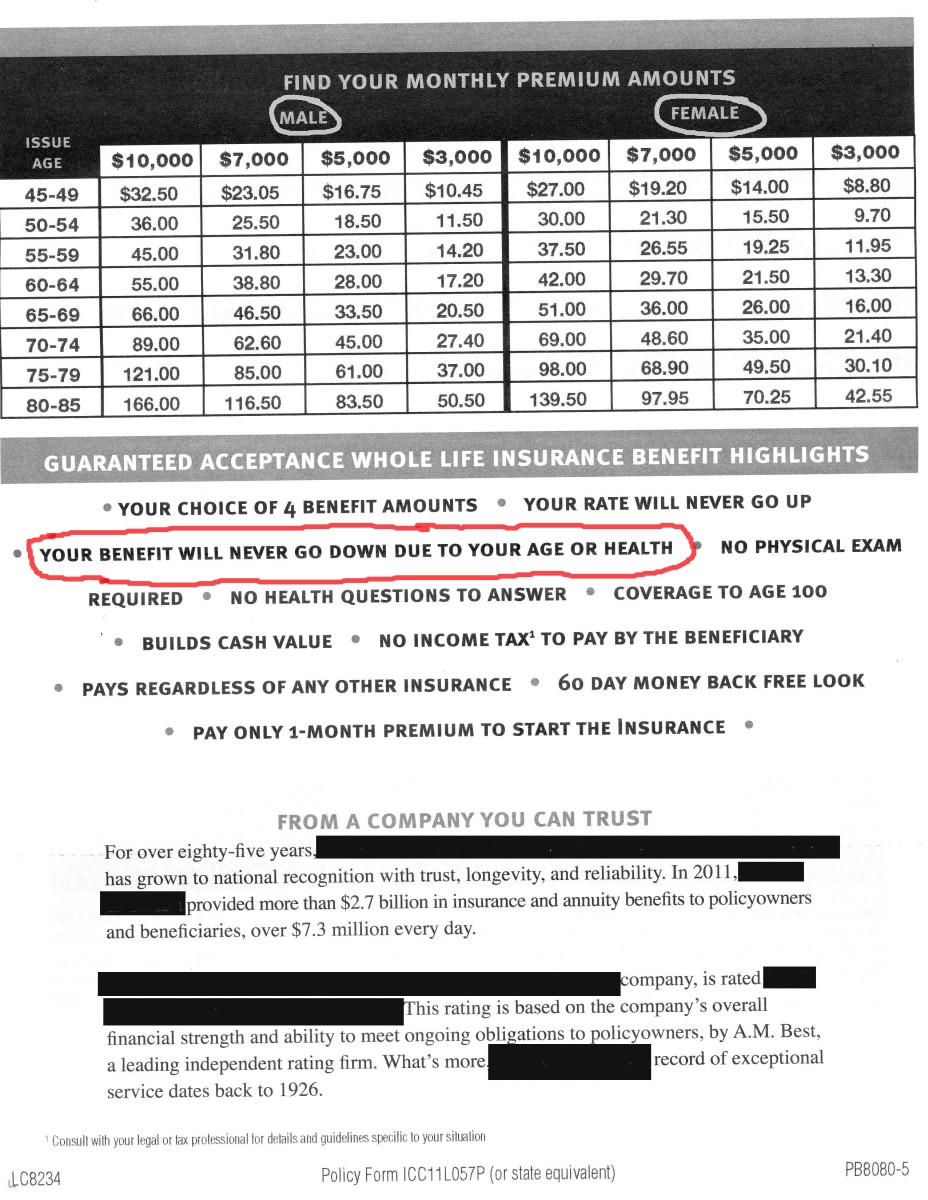How to Use a Life Insurance Policy to Save for College
Provides Tax Sheltering of Investment Income as well as Flexibility for Parents
There is no question that a college education is expensive.
The best way for a parent to help their child pay for college, without either the parent or child having to go deeply into debt with loans, is to start saving early. Early as used here means the younger the better.
Thanks to compound interest, the longer the period over which you save, the more the savings grow with the compounding of interest. Also, the longer the period in which you contribute the smaller the incremental payments.
Do the Math!
Assuming no interest, if you were to calculate that $40,000 will be needed for college and you begin putting money away monthly two years before the child starts college you will have to sock away $1,666.67 per month for 24 months.
However, if you start 18 years before the start of college you only have to save $185.19.
Both of these numbers assume no interest. If you factor in the interest that the savings will earn, the monthly payment will be less. Again, the longer the period, the greater the impact of the interest, so the sooner you start the less you will have to contribute each month to reach your goal.
Taxes can Eat into Your College Savings
While a longer time frame with interest results in lower incremental payments, a problem arises and this is income taxes on the interest earned. .
Interest is income and income is subject to both Federal and State income taxes (and local income taxes if you live in a city with an income tax).
As the fund grows, the interest becomes significant and so does your tax liability.
You then have a choice, either pay the tax with funds from current pay or withdraw some of the interest to pay the taxes.
Regardless of whether you pay the tax with current income or withdraw funds from the college savings the result is the same – namely the total amount being paid for savings and taxes is greater than if you were just saving the money without interest.
Ways to Legally Avoid Taxes on Colege Savings
There are some ways around this tax problem and these include:
- Savings accounts in the child's name. Under the Uniform Gift to Minors Act, children, who usually have little or no income other than the savings, the taxes are either avoided or are very low.
- 529 State sponsored College Plans These are are investment plans, offered by private investment firms, that provide Federal income tax and sometimes state income tax advantages as well, but have other restrictions.
- Coverdell Plans – these are the so called education IRAs and they also provide Federal Income tax sheltering but also have other restrictions.
- Whole life insurance coverage for the child.
A problem with savings accounts under the Uniform Gift to Minors Act is that the money belongs to the child. Once the child reaches 18 the money is their's to do with as they please.
Before age 18 the parents can withdraw it but they have to show that it is being used for the child. In addition to having to justify your action to the IRS, your child could potentially sue you in later years for misappropriation of their money.
529 and Coverdell Plans also have restrictions on the use of money for purposes other than for college and there are stiff tax penalties for using the funds for other than college.
Retaining Control of Funds and Avoiding Taxes with Whole Life Insurance
Whole Life Insurance is a type of life insurance that has both an insurance and a savings component. When used to insure one's child a whole life insurance policy gives parents a way to both shelter the income earned on the savings portion of the policy as well as giving the parents control over how the funds in the savings part of the policy are used.
There are three parties to a life insurance contract: the insured, the owner and the beneficiary.
When the child is born the parents take out a policy on the child. Assuming the child is healthy, the parents can purchase a very large policy for a relatively low premium payment.
When the policy is purchased the parents name the child as the insured and then name themselves as both the owners of the policy and the beneficiary on the insurance.
As payments are made, cash builds up in the cash portion of the policy. Investment income generated by the cash portion of the policy further increases the balance.
Under current tax laws, the investment income generated by life insurance policies is not subject to federal income taxes, so the cash value grows tax free.
When the child is ready for college the parents can cancel the policy and withdraw the cash value or keep the policy and borrow the cash value at a low interest rate to pay for college.
If the child decides not to go to college the parents, as owners of the policy, can keep the money in the policy or withdraw it and use it for something else.
At some point the parents may want to transfer ownership of the policy to the child but they are not required to do so.
Advantages and Disadvantages of Using Whole Life Insurance for College Savings
The downside of life insurance are the commissions and cost of the insurance portion of the contract which reduces the amount of the monthly premium that goes into the cash value portion of the account.
The monthly premium includes amounts for the agent's commission, the cost of insurance and a deposit to the cash value. This has the effect of reducing the investment return on the cash value as only part of the payment is deposited in the cash value portion of the policy.
When considering using whole life insurance as your vehicle for college savings, you have to consider the fact that only a portion of each month's payment goes to your child's college savings.
In effect, the portion of the monthly payment going to agent's commission and the purchase of insurance is the cost incurred for the greater control and flexibility you have with this type of plan.
In making the decision to use or not use whole life insurance as your college savings vehicle you have to consider the fact that eighteen years is a long time and things can change so there are benefits to flexibility.
Funds can legally be withdrawn without tax penalty to pay for family emergencies not directly related to the insured child (such as paying the mortgage if you lose your job).
Also, if your child turns out to be the next Bill Gates (who never completed college) and writes a hot computer program at age 16 and needs funds to launch her company, you can use the money from the life insurance for that purpose.
Life insurance on a child is not for everyone. However, it is one option that can be considered when planning for your child's college education.









